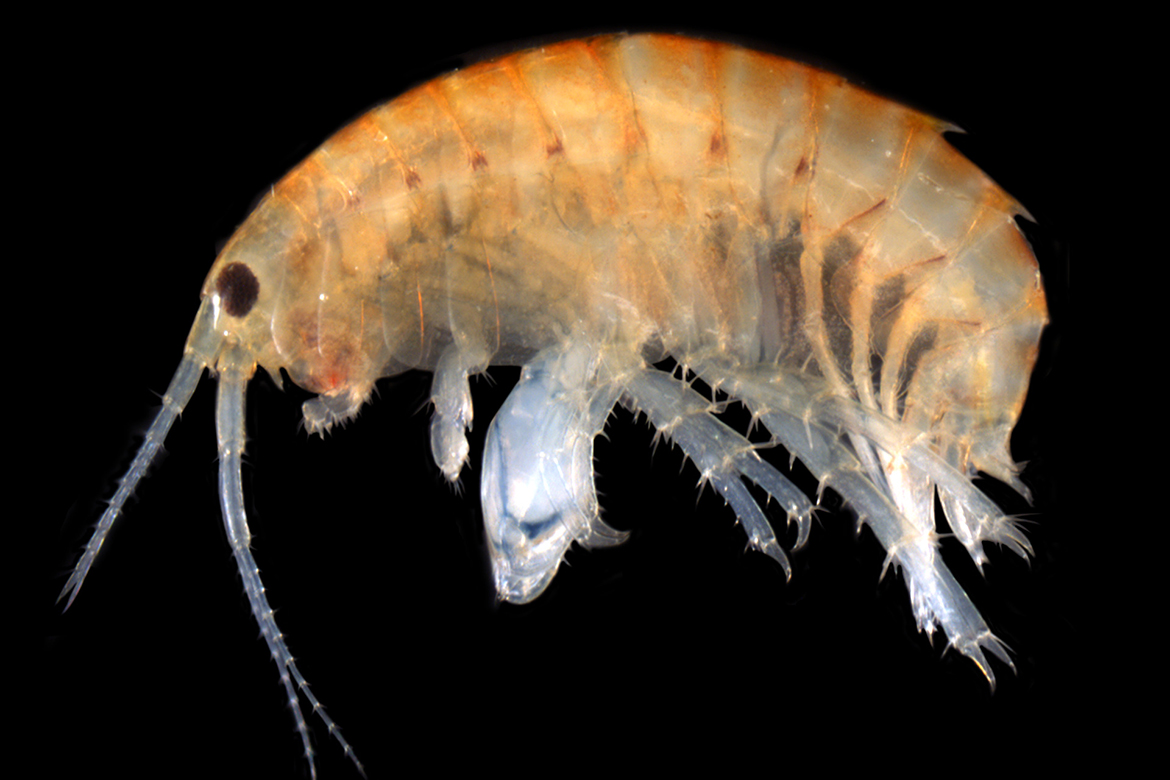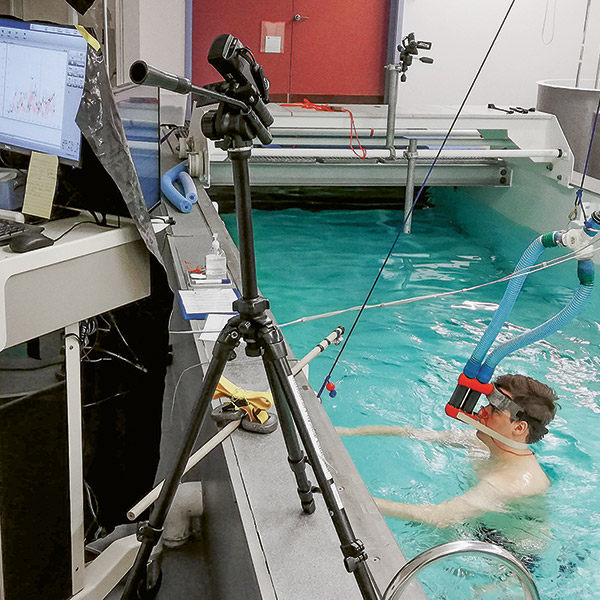Environment
Amphipods make medicine more toxic
After amphipods ingest the painkiller Diclofenac, what they excrete is even more poisonous.

Surprising: When the amphipod Hyalella azteca breaks down chemicals, the by-products can be even more toxic. | Image: wikidata/Eric A. Lazo-Wasem - Gall L (2019).
Diclofenac is used in painkillers such as Voltaren, and it is difficult to break down in wastewater treatment plants, hence it accumulates in bodies of water, where amphipods (Gammarus pulex and Hyalella azteca) turn it into an even more toxic substance. This is the finding of a study by the water research institute Eawag. The newly constituted substance, Diclofenac methyl ester, is potentially more dangerous than Diclofenac itself, says the environmental chemist Juliane Hollender. And because it is difficult to dissolve in water, the body in turn finds it more difficult to excrete. It therefore accumulates to an even greater extent.
According to Hollender, this type of chemical modification is unexpected and should be taken into consideration when making toxicological risk assessments for other substances. According to initial investigations, the transformation also takes place in higher life forms such as fish and humans.




